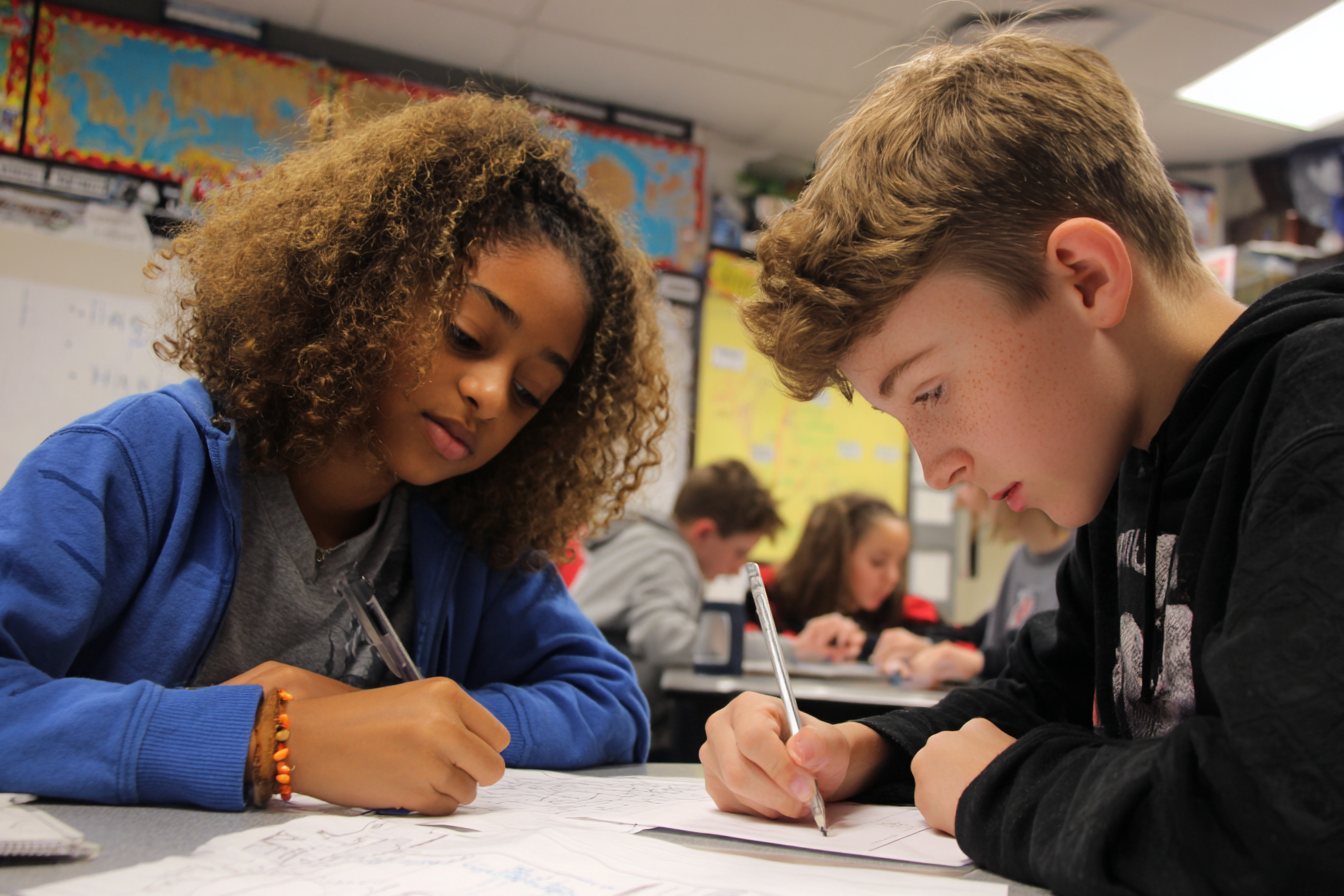Unit Plan 27 (Grade 6 Social Studies): Midyear Project—Legacies of Greece and Rome
Roman governance, the Senate, and the Twelve Tables laid the foundations of rule of law and citizenship, showing how written laws, shared rights, and civic responsibilities shaped fairness, voice, and public life in the early Roman Republic.

Focus: Compare Greek and Roman innovations (government, law, philosophy, arts, science, engineering) and analyze modern impacts through a curated project and public defense.
Grade Level: 6
Subject Area: Social Studies (Inquiry • Civics • History • Geography • Economics)
Total Unit Duration: 5 sessions (one week), 50–60 minutes per session
I. Introduction
Students act as curators for a “Legacies of Greece & Rome” mini-exhibit. They frame a compelling question, research credible sources, and communicate conclusions in a chosen format (exhibit panel, infographic, podcast slides, or short video). Emphasis is on how ancient ideas traveled and why they still matter (e.g., democracy/republics, rule of law, separation of powers, columns/arches, theater/rhetoric, mathematics, roads/aqueducts).
Essential Questions
- Which Greek or Roman innovation most powerfully shapes our world today—and how?
- How do we know a source is credible, and how do we cite it correctly?
- In what ways can civic ideals (liberty, justice, rule of law) be traced from antiquity to now?
II. Objectives and Standards
Learning Objectives — Students will be able to:
- Frame a compelling inquiry question about a Greek/Roman legacy and identify supporting sub-questions.
- Gather and evaluate diverse sources for relevance, credibility, perspective, and bias; corroborate claims.
- Explain a legacy’s historical big idea/turning point and multiple causes/effects using evidence.
- Interpret how civic ideals (justice, rule of law, common good) appear in the legacy and in modern life.
- Communicate conclusions in a clear, audience-ready product with citations and a brief oral defense.
Standards Alignment — 6th Grade (C3-based custom)
- 6.C3.Inq.1 — Frame compelling/supporting questions about places, peoples, and past societies.
- 6.C3.Inq.2 — Gather/organize information from maps, texts, visuals, data, and credible digital sources.
- 6.C3.Inq.3 — Evaluate sources for relevance, credibility, bias, and perspective; distinguish fact/opinion/claim.
- 6.C3.Inq.4 — Build explanations/arguments with evidence and simple citations (author/title/source).
- 6.C3.Inq.5 — Communicate conclusions in varied formats and propose informed actions.
- 6.C3.Hist.4 — Identify turning points/big ideas (law codes, democracy, republics, trade empires) and legacies.
- 6.C3.Hist.5 — Construct historical explanations acknowledging limits of evidence and multiple causes.
- 6.C3.Civ.4 — Interpret civic ideals (justice, rule of law, common good) across cultures and times.
- 6.C3.Civ.5 — Practice civic discourse/problem-solving (discussion norms, consensus, respectful debate).
Success Criteria — Student Language
- I can state a strong inquiry question and name the sources I will use.
- I can back up my claim with reliable evidence and proper citations.
- I can show and explain at least two modern impacts of my chosen ancient legacy.
